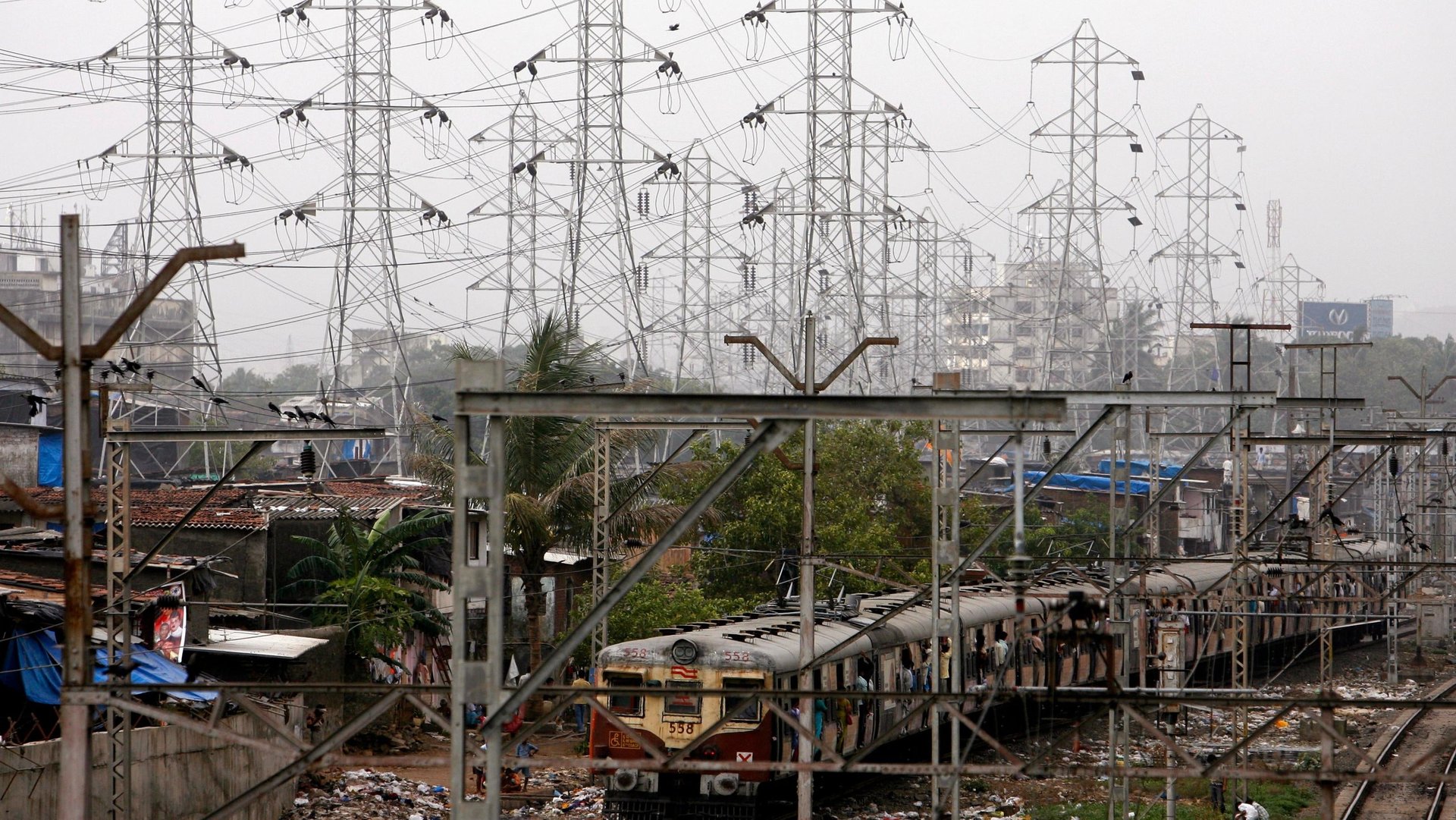India has a term for Europe's planned power outages this winter: "load-shedding"
The developing country has been doing planned power cuts to save costs and increase efficiency while protecting power grids for decades.

Europe’s plan to overcome its power crisis involves curtailing gas and electricity supplies: The UK is weighing power cuts, Germany is proposing shorter showers and limited heating, while France and Switzerland plan calculated blackouts.
The West can’t take power supply for granted anymore as climate change increasingly warms its summers and geopolitics deepens its winters. The developing world, though, has countenanced this truth for a long time.
What the European nations are preparing for is something these countries have been at for decades. The Indians even have a name for it: “load-shedding.”
Load-shedding in India
India’s balances power demand and supply to protect its power grids and based on cost considerations, regulatory mechanisms, and utilisation levels of coal plants.
“India’s grid is under increasing pressure from the rapid growth in load from commercial and residential air conditioners, refrigeration and other loads, boosting electricity consumption at all levels of coal stocking,” John Kemp, a market analyst specialising in oil and energy, wrote for Reuters.
Load shedding, therefore, is a continuing practice across the country. However, compared to 20 or 30 years ago, it affects fewer people and for lesser durations. And those who still suffer have learned to cope and schedule their lives based on power supply.
For instance, critical establishments, including hospitals and airports, mostly keep alternatives like generators handy. At private homes, it is the power inverter that is widely used.
Local governments, on the other hand, prioritise load shedding in areas with more power thefts, distribution loss, and, crucially, unpaid bills. The worst-hit consumers are often the small enterprises, the middle class, and poor households.
